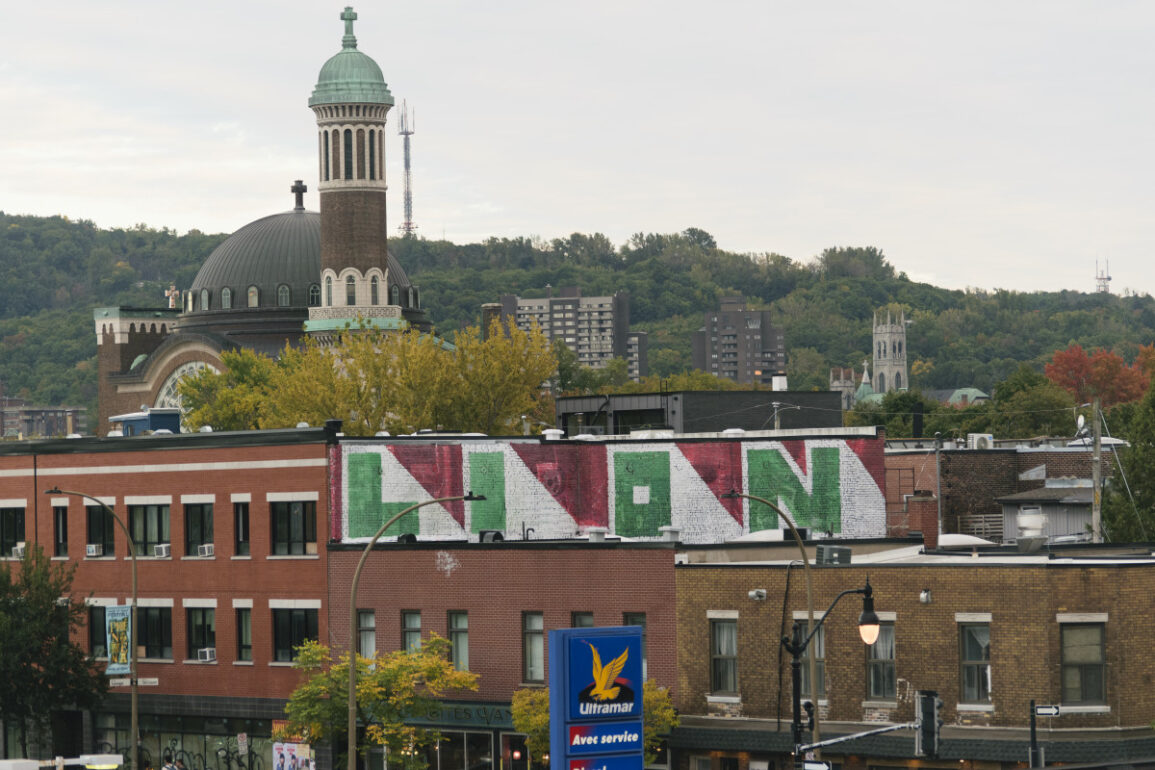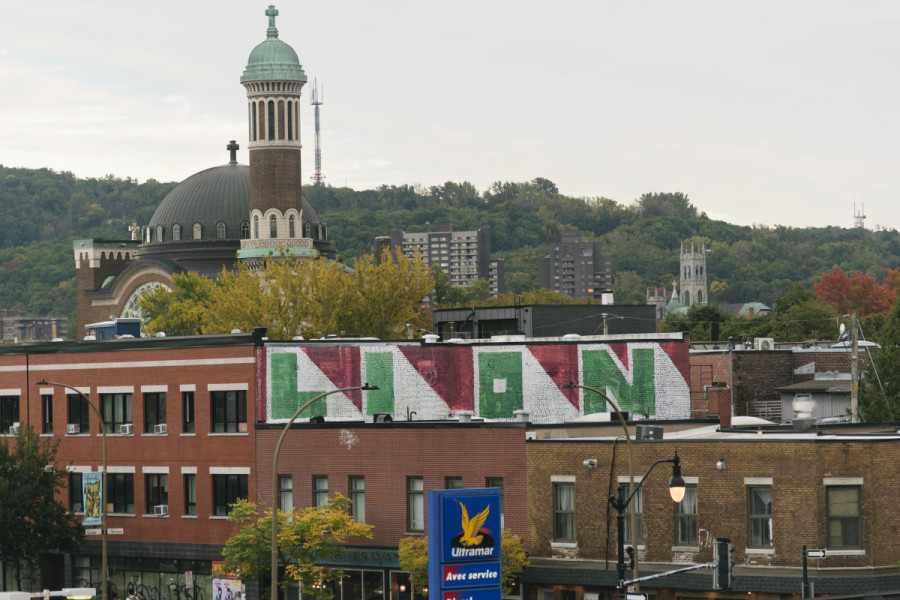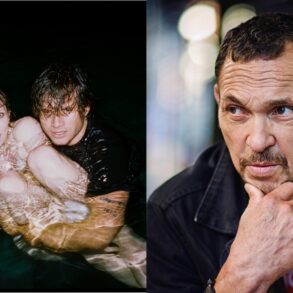Why do graffiti writers continue to leave their mark on the city of Montreal?
Montreal’s graffiti scene is a defining feature of the city’s urban landscape. While every city boasts its iconic monuments and landmarks, the vibrant tags created by local artists reflect far more about the dynamics of a city’s contemporary life.
In the graffiti scene, a “writer” refers to someone who creates graffiti, typically using spray paint to leave their mark on urban surfaces. Writers often work as part of a “crew,” a group of graffiti artists who collaborate and support each other, developing unique styles and competing for visibility in the city. A “project,” while not a traditional graffiti term like “writer” or “crew,” refers to a more targeted, often socio-political initiative. These projects use graffiti as a form of public commentary, addressing issues such as inequality or the use of public space.
The Link asked writers: What sets Montreal’s graffiti scene apart, and why do writers continue to leave their mark on the city?
Responses have been mildly revised for clarity.
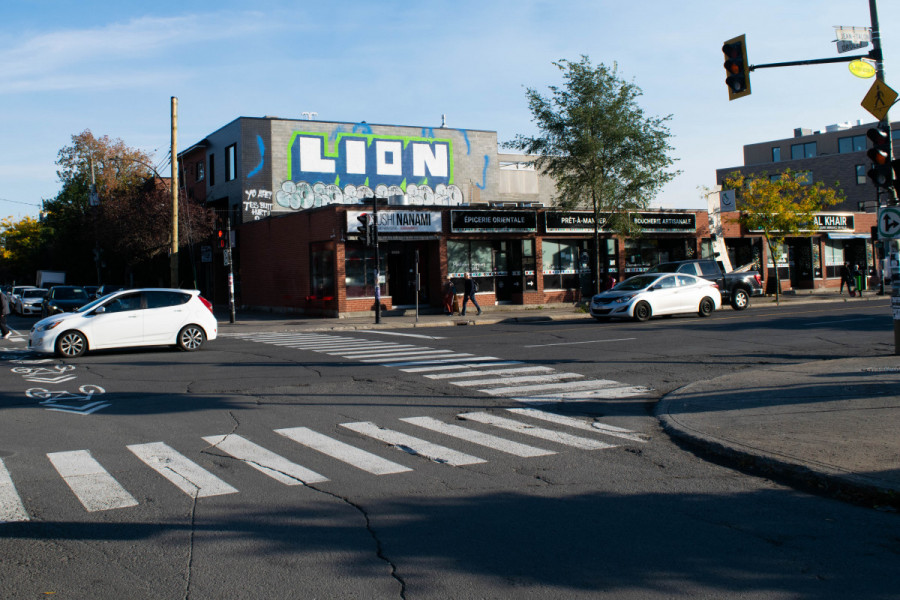
Writer: LION
Crew: YDL
“Montreal’s graffiti scene is growing and more and more people are getting into it which can be a good and a bad thing. It’s a great community though. I’ve made new friends through graffiti for sure, and it definitely feels like a fun game to me, to run into people whose work I admire, and then I end up meeting the face behind the name.”
“It’s definitely an escape from a lot of my problems, but also brings me problems too. It’s a good way to explore and see things from places most people won’t. It’s a high when you pull off something big and get away with it.”
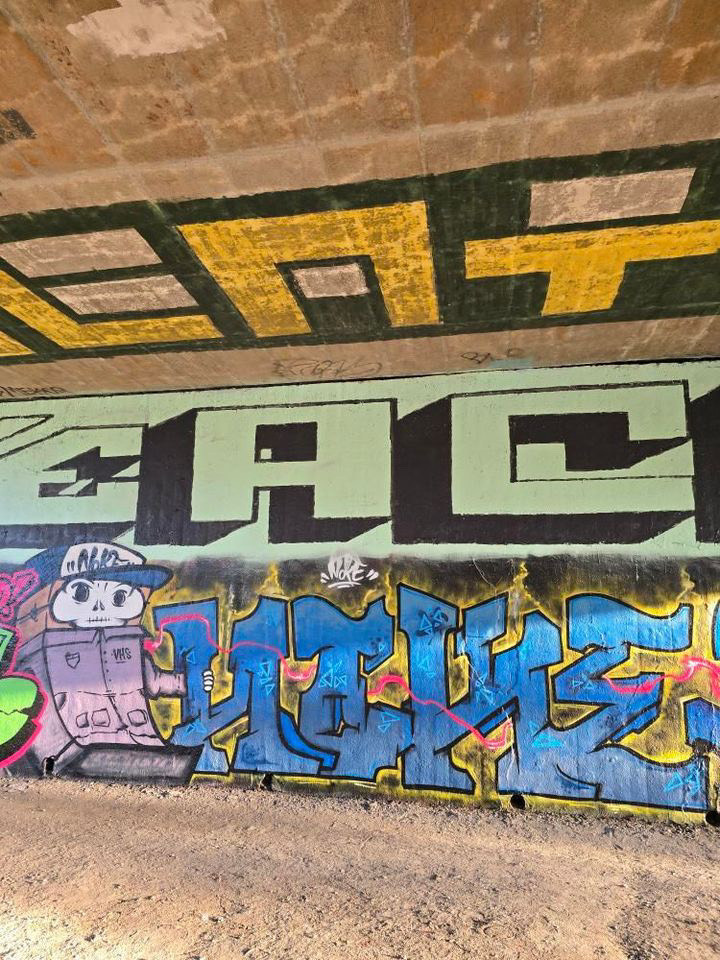
Writer: NOKE
Crew: VHS
“The graffiti scene in Montreal is a wild moving platform where artists are fighting for attention. Some drama, some competition, but a lot of support for innovation and a little bit of anarchy.”
“I graffiti because it is messy, chaotic, but also offers the best shading capability. The spray can is versatile.”
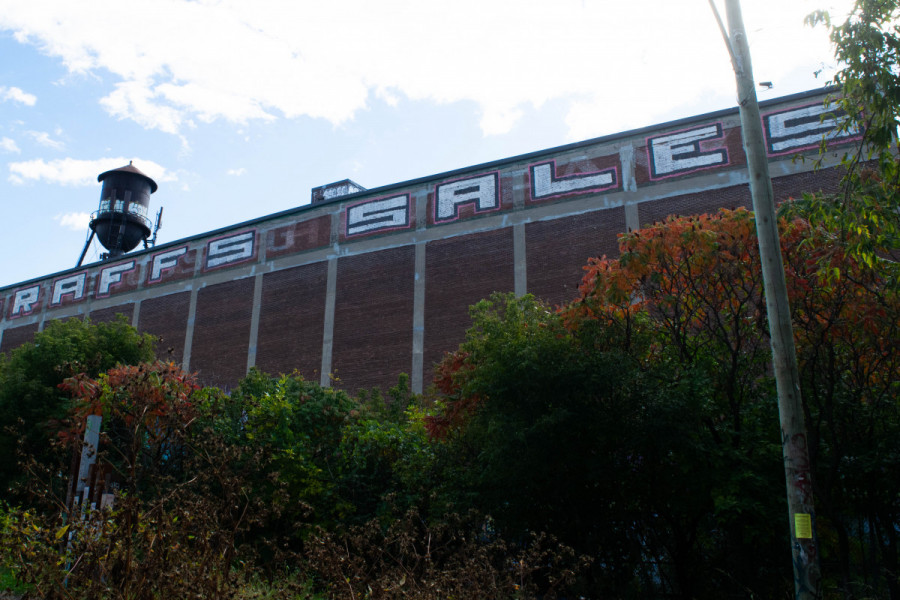
Writer: SANTO
Crew: GGS
“The graffiti scene in Montreal is booming but dry at the same time. It’s the same writers on repeat. Shoutout to them though. They’re working hard, but I feel like we need a breath of fresh air.”
“I don’t even know why I do graff. I just know I love it and I need as much of it as possible. I’m not here to impress others, I’m just tryna impress myself.”
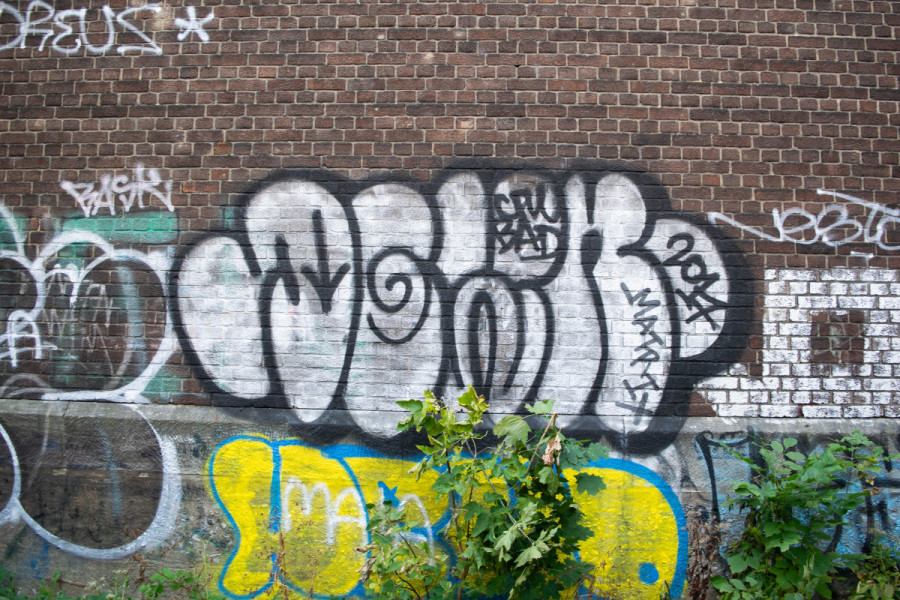
Writer: DOWN 514
Crew: BAD
“The graffiti scene in Montreal is vibrant, competitive and expanding, almost to the point of being crowded. I think Montreal graffiti is heavily inspired by the classic structured NYC styles. Also, being in a French province, writers from France brought over their more experimental Euro styles.”
“Graffiti brings me right into the moment, having to be hyper-aware of my surroundings. It takes me out of my comfort zone. I love being able to express myself wherever and however I want. To me, it’s medicine.”
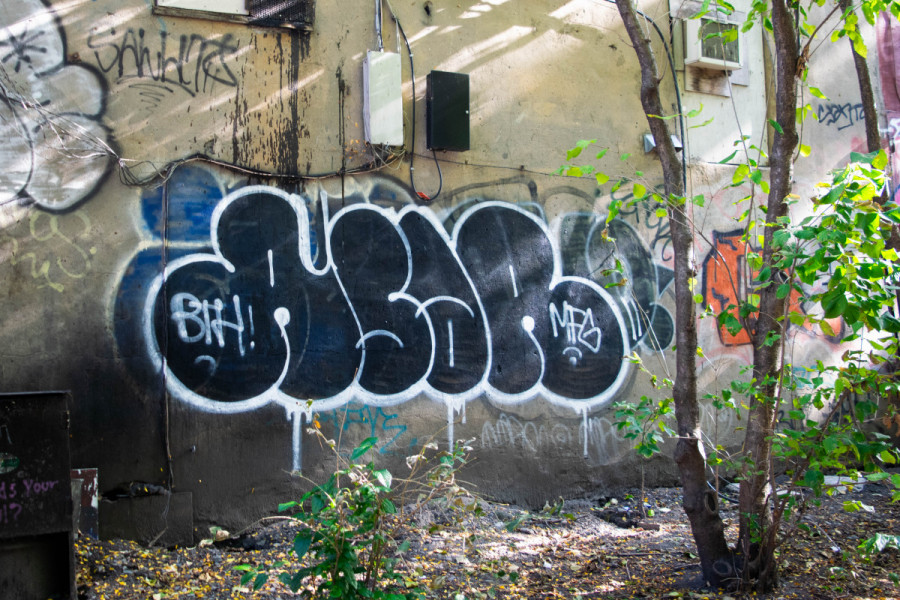
Writer: ASAR
Crew: BTH
“Montreal has a very vibrant graffiti scene. A good mix of old-school writers with a bunch of young guns coming up!”
“I started graffiti 24 years ago, and it crept up on me like a disease. Still wondering to this day what motivates me to paint.”

Project: dodo_urbain
dodo_urbain, a.k.a. urban naps, is an anonymous project in which the same figure is repeatedly pasted around the city to challenge how we understand public spaces.
“Graffiti is a direct action of reclaiming public space and marking territory that has been flooded with publicities.”
“I believe the act of practicing street art and graffiti holds the power of desaturating our contemporary urban cities that have been flooded with countless advertisements, so much so that we barely even perceive their cognitive effects on us anymore. As a woman who was interested in showcasing my creativity to a wider audience, it was important for me to take up space in the street, especially when graffiti is a predominantly ‘macho’ hobby, lifestyle.”
This article originally appeared in Volume 45, Issue 4, published October 22, 2024.
This post was originally published on this site be sure to check out more of their content.




